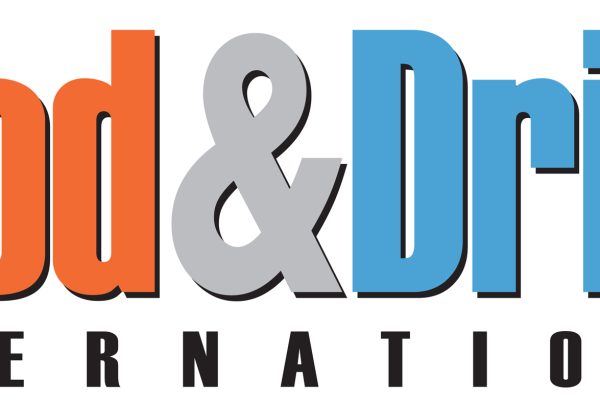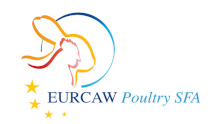Document type : Scientific journal available online before publication in Reviews in Aquaculture
Authors: Michelle Orietta Barreto, Sonia Rey Planellas, Yifei Yang, Clive Phillips, Kris Descovich
Preview: As aquaculture continues to grow and intensify, there is an increasing public concern over the welfare of farmed fish. Stress and production-related pathologies and repressed growth are examples of the challenges facing aquaculture, and their impacts could be minimised by effective identification of the early signs of impaired welfare. Many welfare monitoring methods have been recommended; however, continuous and reliable welfare monitoring in aquaculture is not yet widespread and commonplace. The aim of this scoping review was to present an overview of the most recent developments in fish welfare assessments with a specific focus on practical translation to the aquaculture industry. A keyword-based search was undertaken to identify peer-reviewed papers published between 2014 and 2020 in which a novel method with the potential to be used for the assessment of fish welfare in aquaculture was introduced. The results were sorted into two categories: non-invasive and invasive methods. All methods were assessed for their advantages and disadvantages, potential applicability to aquaculture. Invasive methods were also ranked on their degree of impact. It is concluded that increased interest into fish welfare, in combination with more intelligent modern technology, has resulted in the development of newer and more refined alternatives to traditional methods of welfare assessment such as behaviour monitoring by 2D cameras and plasma cortisol evaluation. Although, in many cases, more research is needed before these methods are suitable for widespread industry use, studies that focus on increasing the precision, automation and practical applicability of these methods are a promising avenue for future research.




